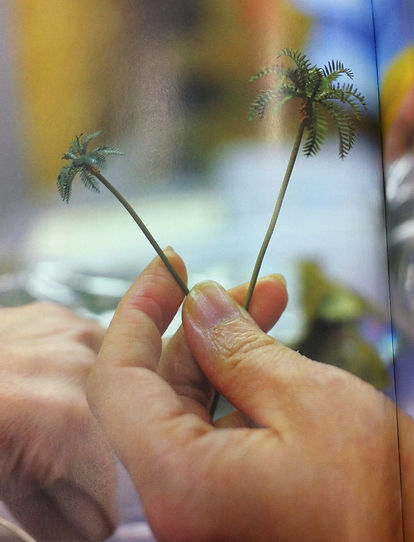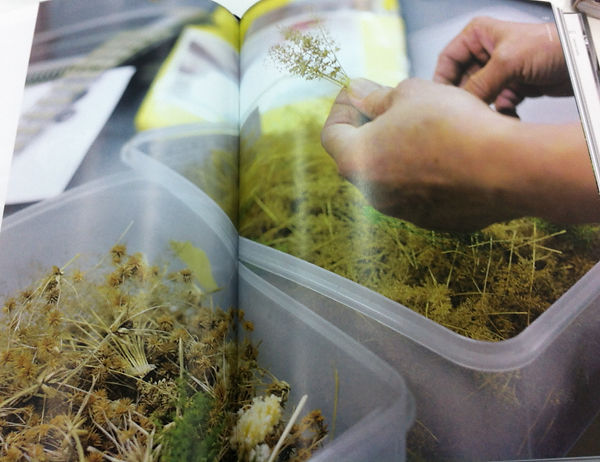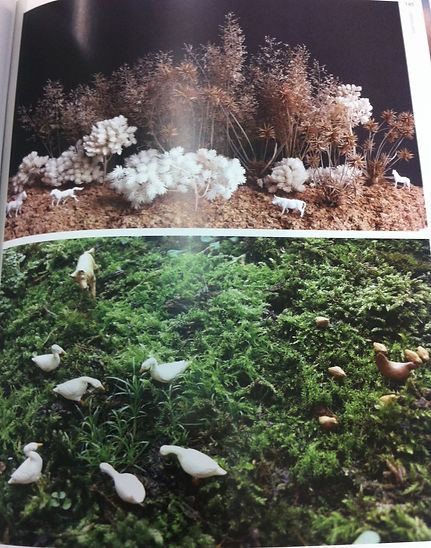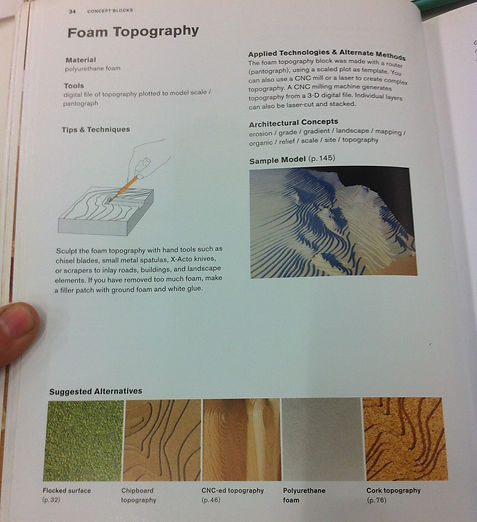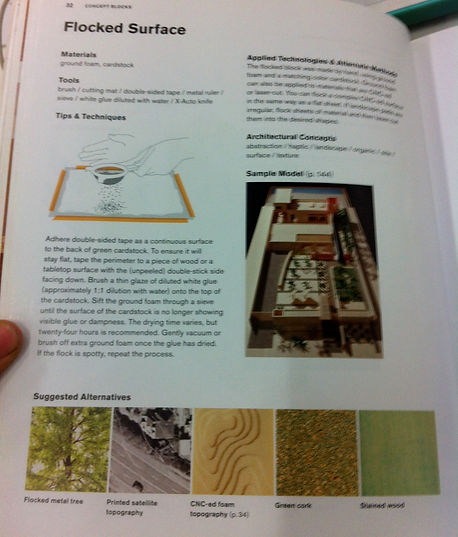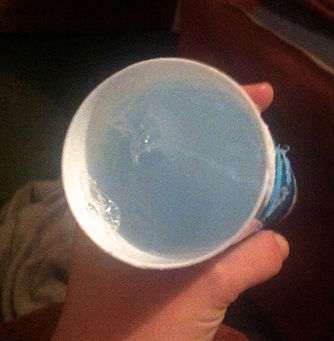Dixie Crouch: Professional Make-up Project
Miniture Models
I didn't really know where to start with this so i approached the architecture librarian at AUB who pointed me towards the Model Making for atchitecture books. He also told me to research model train sets and also site models.
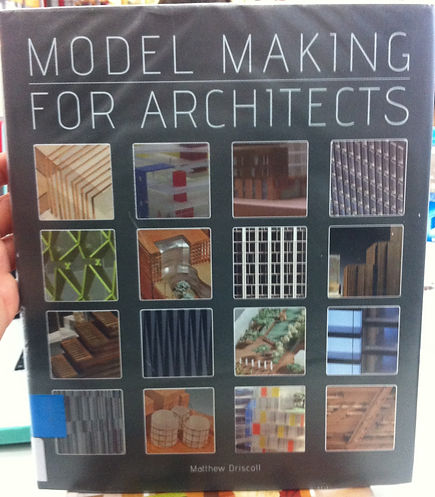
Driscoll, M. (2013) Model making for architects. Ramsbury: Crowood.

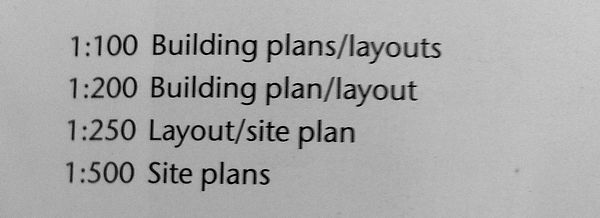
Scale

Tools
Glue

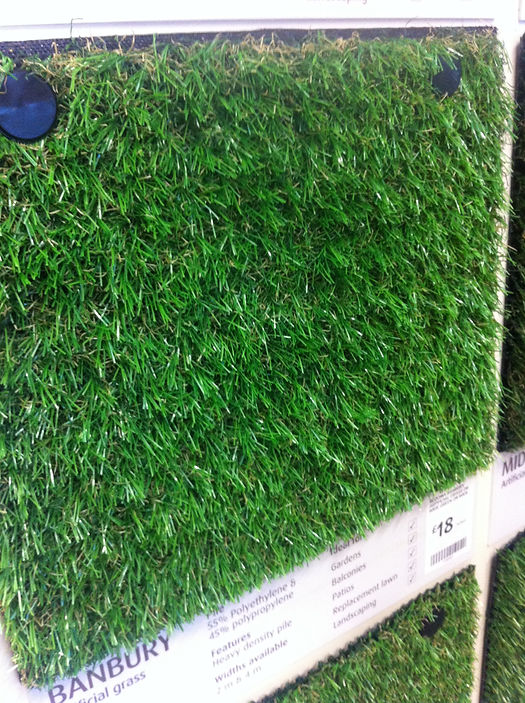


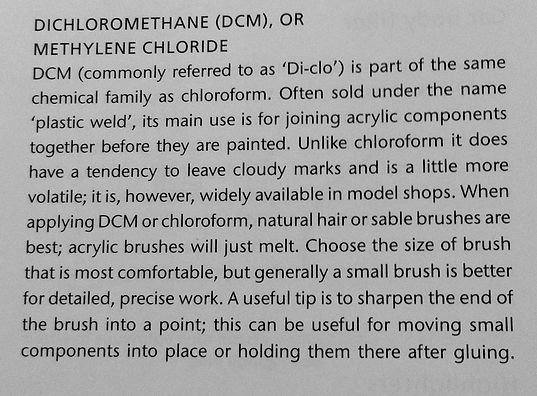
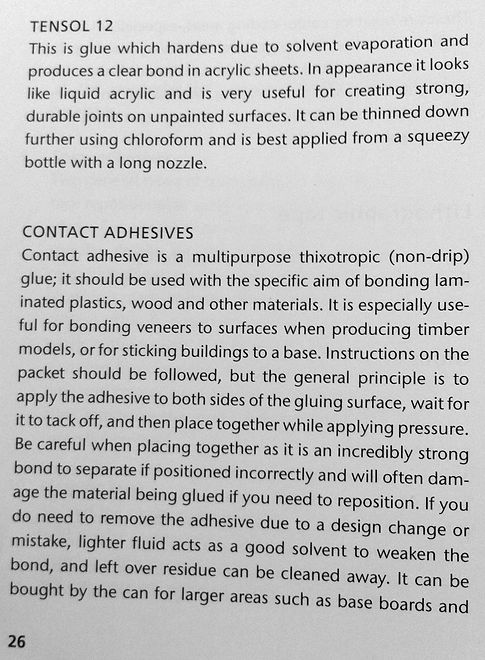
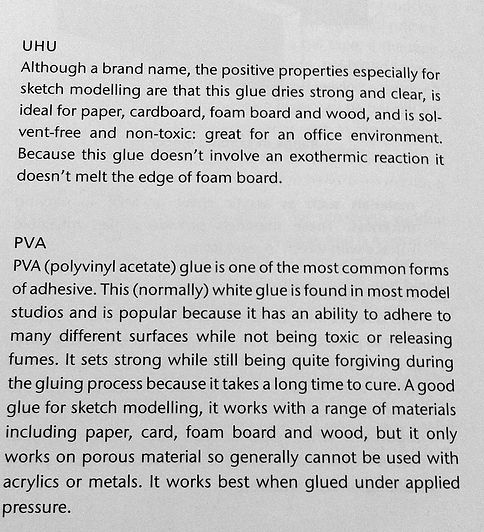

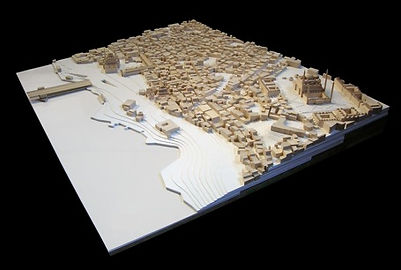
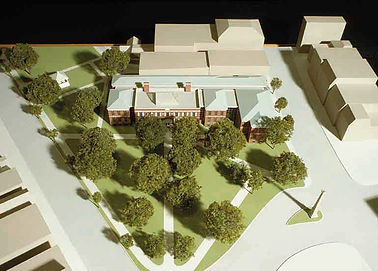

Silicone Caulk
(research)
Silicone caulk is a building material with a sticky, gel-like consistency. It is used as a sealant or water-proofing agent around structures and fixtures on both the interior and exterior of a building. This caulk is typically clear in color, but may also be white or colored to match the surrounding decor. It bonds well with almost any material, including glass, ceramic, wood, metal, and plastics.
-
One of the biggest disadvantages of silicone caulk is that it cannot be painted. The silicone prevents paint from bonding well with the caulk, which limits a homeowners ability to modify its appearance after it has been installed.
-
There are also different coloured silicone caulk you can get. You should get the clear silicone caulk and not the white or black pigmented ones.
-
I wonder if this is still the case when silicone caulk is thinned with naptha, obviously it can be painted on top again with more silicone paint, but once sealed it may be tricky to be painted with grease paints, foundations or alcohol activated paints!
There are two basic varieties, including both standard and “tub and tile” versions. Standard silicone caulk is generally considered safe to use on countertops or other food-preparation areas. Tub and tile or bathroom caulk contains chemicals designed to prevent mold and mildew growth, but should not be used around food.
I think that it is interesting in terms of makeup that the recommended silicone caulk to use for making paints for prosthetics is 1 Hour shower, but it is tub and tile grade and not regular kitchen caulk, which has less chemicals and is used around food. yet 1 hour shower will be going on an actors face. I wonder if this will be an issue in the future and whether it will be questioned in prosthetics.
Painting with Silicone caulk
Model Making textures
I saw this at B&Q when i went to pick up some tools. It was just a poster advertising some grass samples, but it made me think about my project because it was upright.
I definitely think that grass would be too thick and big to use on my prosthetics but it makes me want to try some flock or texturing.
I think that this is a really interesting thing to know however i don't think it will be useful for this project because my scale is so small in comparison to the real scale of the earth.
I have decided to use silicone caulk for my adhesive of the tress and flcoking, because i can pigment it so it would be more invisible, however i found this silicone glue in wilkinsons, i didn't buy it for this project but i an excited to maybe try it out one day and i think that it is really useful to know it is there, because it is easily accessible and was not too expensive.
